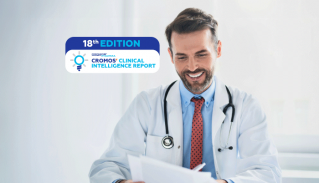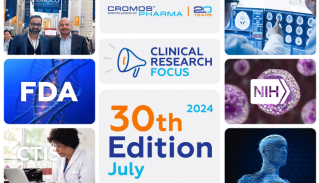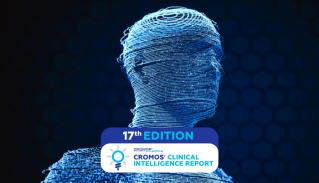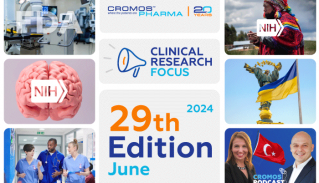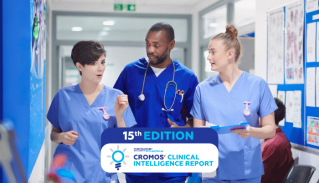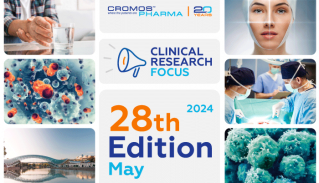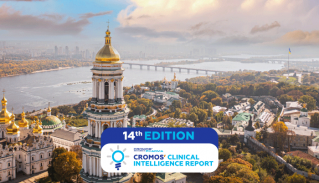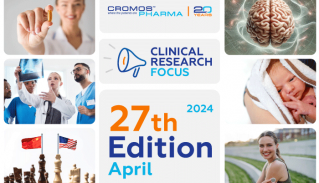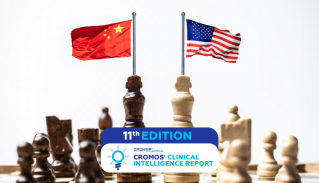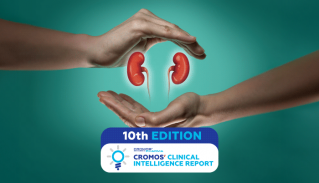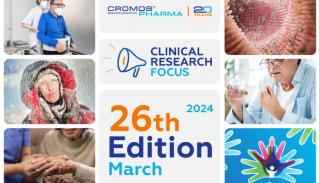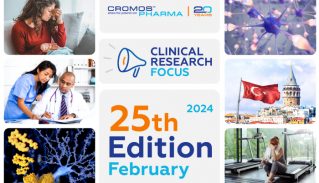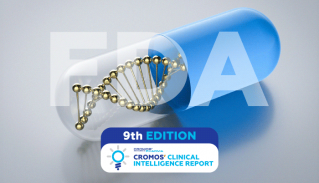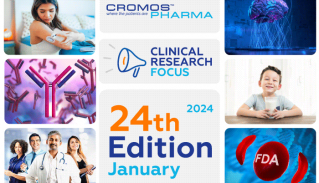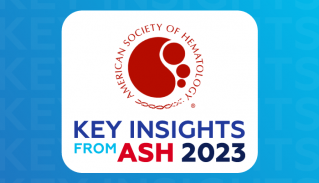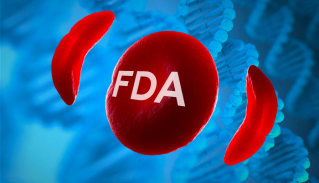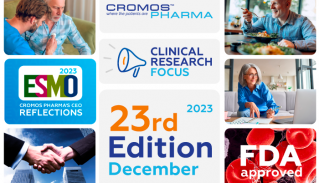
Regulatory Focus Shifts: Expanding Role of Real-World Evidence for Evaluating New and Expanded Drug Indications
In the ever-evolving landscape of healthcare, real-world evidence (RWE) is attracting growing interest from regulators as a valuable source of information for evaluating new and expanded drug indications. RWE refers to data collected from healthcare claims, registries, electronic health records and even non-traditional sources like mobile phones, consumer devices, and various tools used for telehealth. It provides insights into how drugs perform and are used in real-world settings, complementing traditional clinical trial data.
Regulatory agencies such as the U.S. Food and Drug Administration (FDA) and the European Medicines Agency (EMA) have acknowledged the potential of RWE in providing insights into how drugs perform in real-world settings. While randomized controlled trials (RCTs) remain the gold standard, RWE supplements clinical trial data by offering a comprehensive understanding of a drug’s performance, especially in areas where RCTs may be challenging, such as rare diseases or specific patient populations.
The authors of the study published in Clinical Pharmacology and Therapeutics* conducted a systematic review of publicly available FDA approval documents from January 2019 to June 2021. Their goal was to quantify, by year, how many approvals incorporated RWE in any form, and the intended use of RWE in those applications. They found that 116 approvals among the 136 (85%) included RWE in any form. The proportion of approvals including an RWE study increased from 2019 to 2021, with 38 of 51 (75%) approvals including an RWE study in 2019, 53 of 59 (90%) in 2020, and 25 of 26 (96%) in the first half of 2021. The authors determined that a high proportion (88 of 136 (65%) applications) supplied RWE with the intent to provide evidence of product safety or effectiveness. They have concluded that RWE is serving at least as supportive evidence in a growing proportion of approved applications over the period studied. Notably, in 8 applications the submitted RWE was considered by the FDA as “substantial or primary evidence” for approval.
Here are some characteristic ways regulators may consider RWE:
- New Indications: When assessing new indications for a drug, regulators can analyze RWE to gain insights into how the drug performs in real-world settings. RWE can provide valuable insights into real-world effectiveness, safety, dosing, and patient outcomes. It can help assess the benefits and risks associated with using a drug in a broader population or in combination with other medications.
- Expanded Use: If a drug is proposed for expanded use beyond its initial approval, regulators can examine RWE to determine its real-world performance and safety in the new context. This helps assess the feasibility and appropriateness of using the drug in different patient populations, disease conditions, or in combination with other medications.
- Comparative Effectiveness: RWE allows regulators to compare the real-world effectiveness of different treatment options. By analyzing data from routine clinical practice, they can assess how drugs compare to one another in terms of patient outcomes, safety, and overall therapeutic value. This information helps inform decisions regarding the relative benefits and risks of different treatment approaches.
- Post-Marketing Surveillance: RWE can contribute to post-marketing surveillance and monitoring of drug safety. It allows regulators to detect rare adverse events, and evaluate long-term safety profiles. This helps ensure that drugs remain safe and effective throughout their lifecycle.
- Data Quality and Study Design: Regulators establish frameworks and guidance documents outlining criteria for using RWE, including data quality standards and study design requirements. They may review the methodologies used to collect and analyze RWE to ensure they meet rigorous scientific standards and provide reliable insights.
It’s important to note that unlocking the power of RWE allows for more informed assessments of efficacy, safety, and overall therapeutic value, ultimately benefiting patients and advancing evidence-based medicine.
*Purpura CA, Garry EM, Honig N, Case A, Rassen JA. The Role of Real-World Evidence in FDA-Approved New Drug and Biologics License Applications. Clin Pharmacol Ther. 2022 Jan;111(1):135-144. doi: 10.1002/cpt.2474. Epub 2021 Nov 22. PMID: 34726771; PMCID: PMC9299054.

